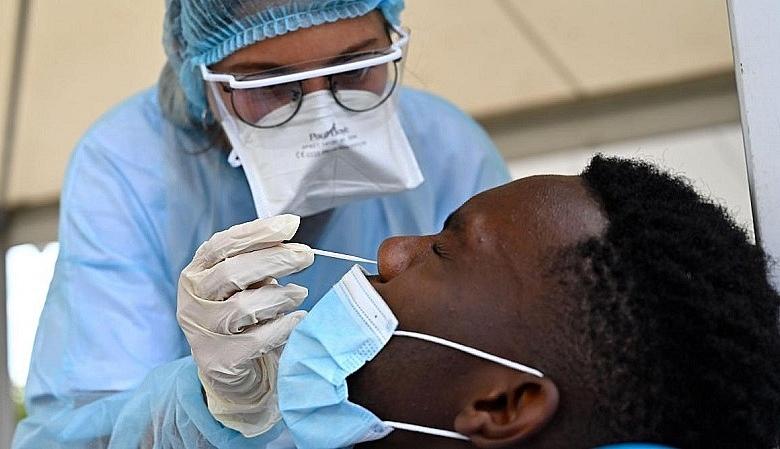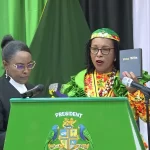COVID-19 Pandemic: Impact on Dominica

The COVID-19 pandemic’s impact on Dominica created significant challenges, mainly due to the island’s reliance on tourism and its developing economy. The first confirmed case was recorded on March 22, 2020. In response, the government quickly enforced stringent measures such as lockdowns, border closures, and health protocols to curb the spread of the virus. These early interventions helped delay community transmission until September 2021. Despite the global crisis, Dominica managed to contain the situation for a considerable time, allowing for gradual reopening alongside a vaccination campaign that began in 2021
The island escaped community transmission until September 2021. Before this, most cases were contained through early detection and quarantine efforts. The introduction of vaccines in early 2021 helped slow the spread, but outbreaks continued, notably after the borders were reopened to tourists and returning residents.
Dominica’s Response and Policies to the COVID-19 Pandemic
The government established numerous policies in response to the pandemic, including a state of emergency, curfews, and social distancing mandates. Early in the pandemic, Dominica benefited from international partnerships and aid, including significant support from the World Bank and the Pan American Health Organization (PAHO). These organizations provided financial support to bolster the island’s healthcare system and manage food security during the crisis.
Additionally, the government began a national vaccination campaign in February 2021, using several types of vaccines, including AstraZeneca and Sinopharm. By August 2022, around 44% of the population had completed the vaccination schedule.
Impact on Healthcare and the Economy
The pandemic placed a considerable strain on Dominica’s healthcare system, as it coincided with ongoing challenges like an ageing population and the high prevalence of non-communicable diseases. The island recorded 67 COVID-19-related deaths as of mid-2022, most of which occurred during the pandemic’s peak periods. As a small island nation, Dominica’s economic stability was also deeply affected, particularly with tourism—the backbone of the local economy—coming to a near halt during global travel restrictions. The IMF and other international organizations provided economic assistance, helping Dominica mitigate the negative impact on public finances and social services.
Table of COVID-19 Figures in Dominica
| Date | Total Cases | Active Cases | Recovered Cases | Total Deaths |
|---|---|---|---|---|
| March 2020 | 1 | 1 | 0 | 0 |
| October 2020 | 50 | 17 | 33 | 0 |
| March 2021 | 161 | 8 | 153 | 0 |
| August 2021 | 1,365 | 580 | 778 | 7 |
| May 2022 | 14,852 | N/A | N/A | 68 |
Recovery and Future Outlook
Thanks to international support and its National Resilience Development Strategy, Dominica has shown resilience in its recovery, designed to mitigate future crises, including health-related and climate-related challenges. Dominica’s COVID-19 recovery strategy includes building a more robust healthcare infrastructure and improving economic resilience to external shocks like pandemics and natural disasters. The country continues focusing on vaccinations and long-term strategies to ensure public health and financial stability.




